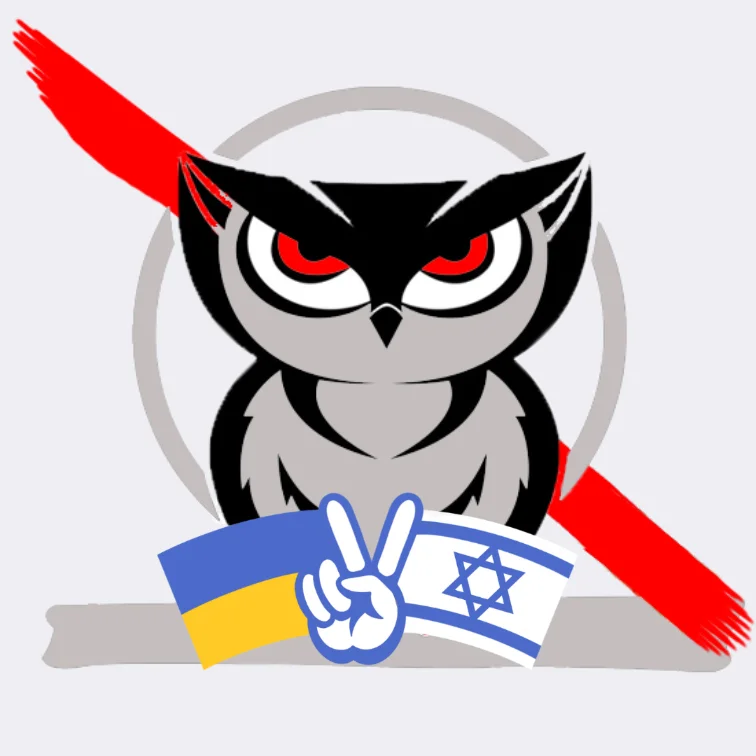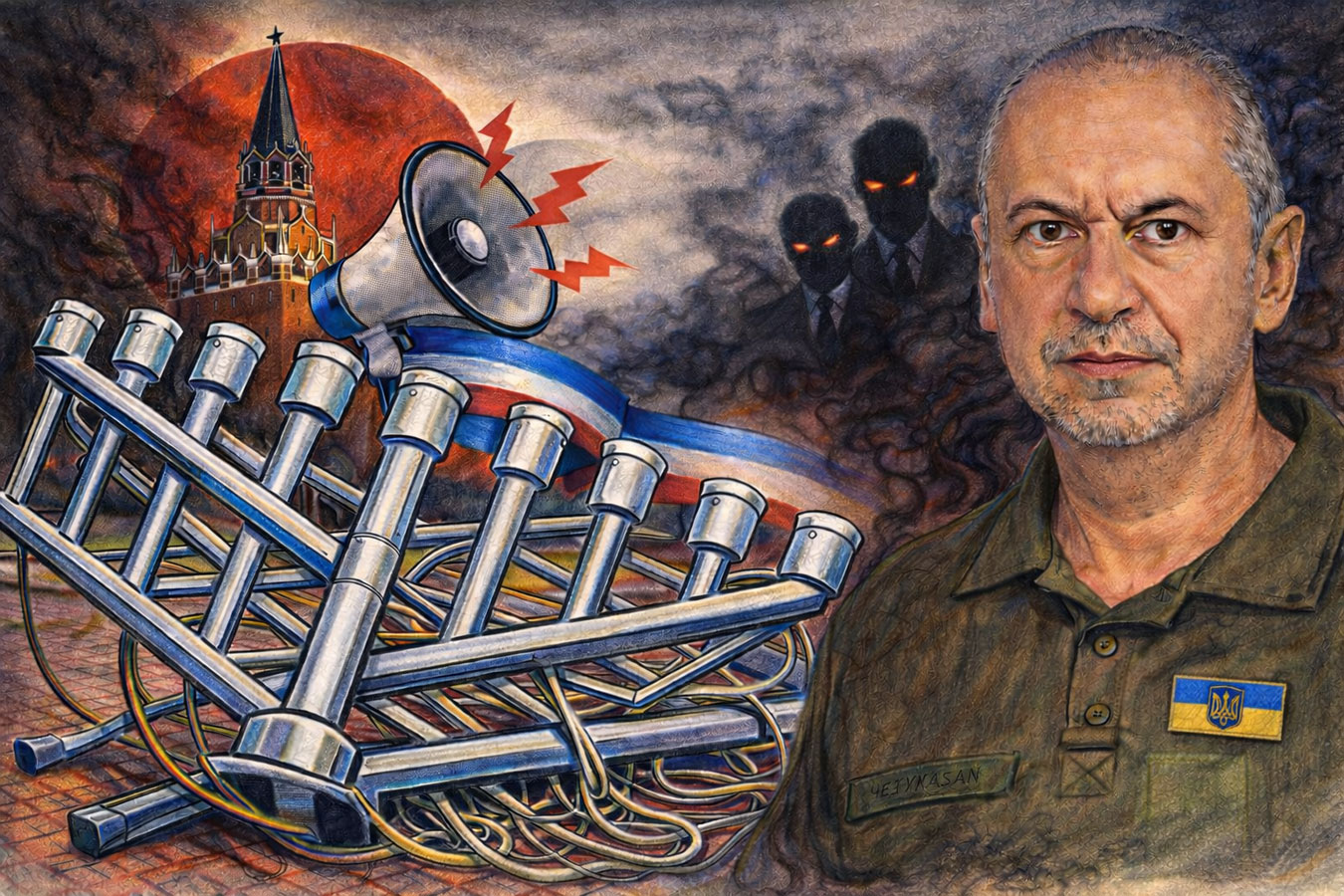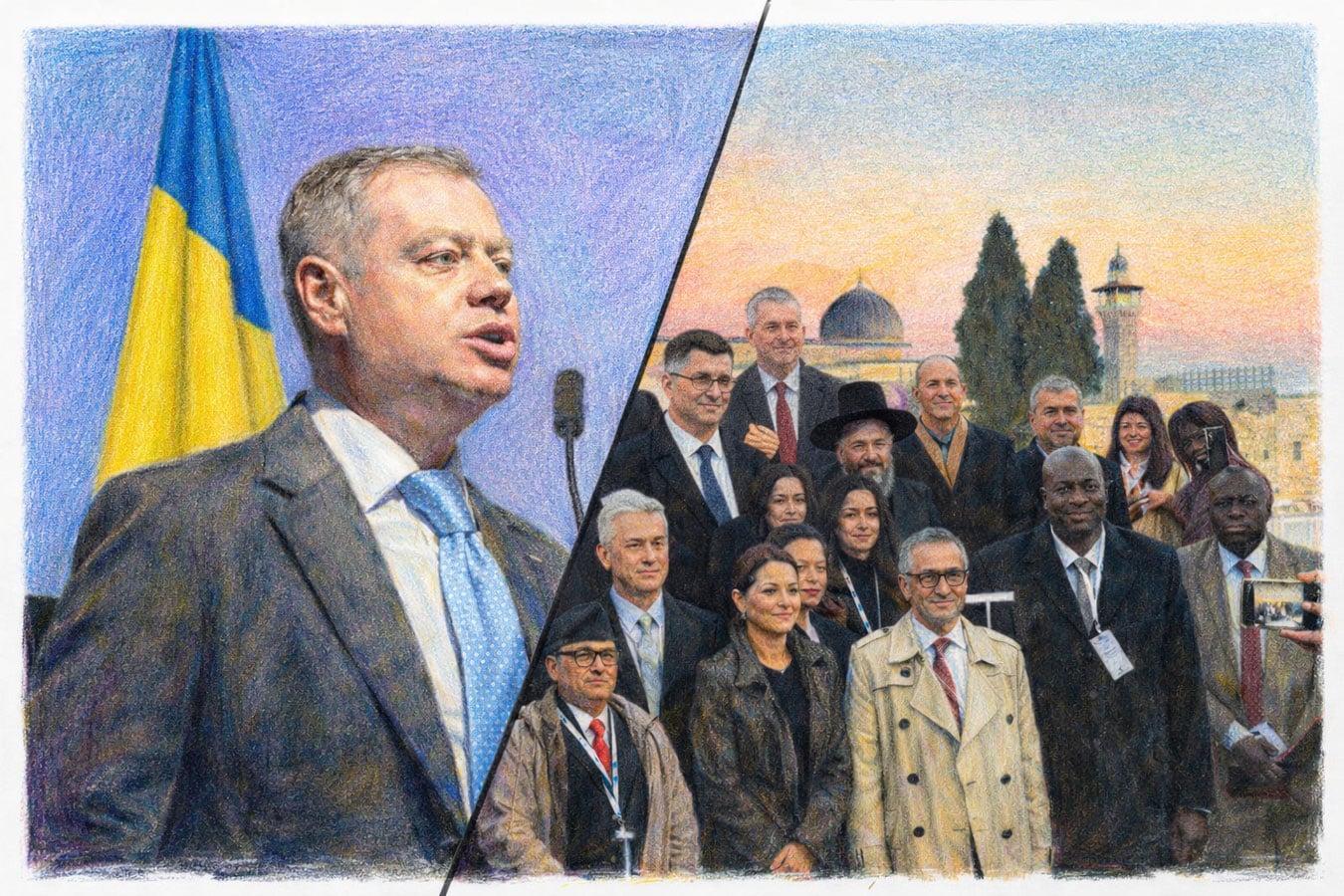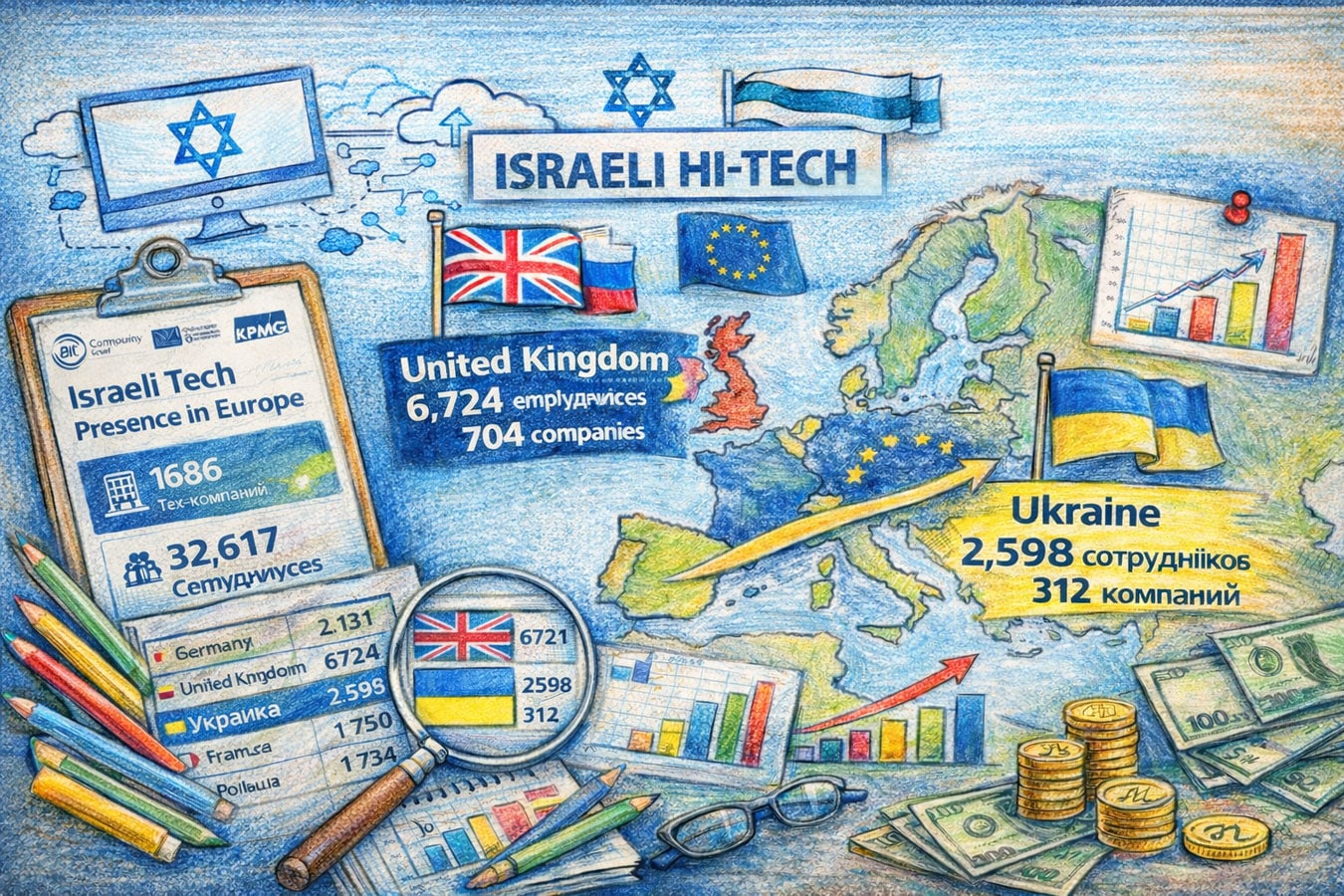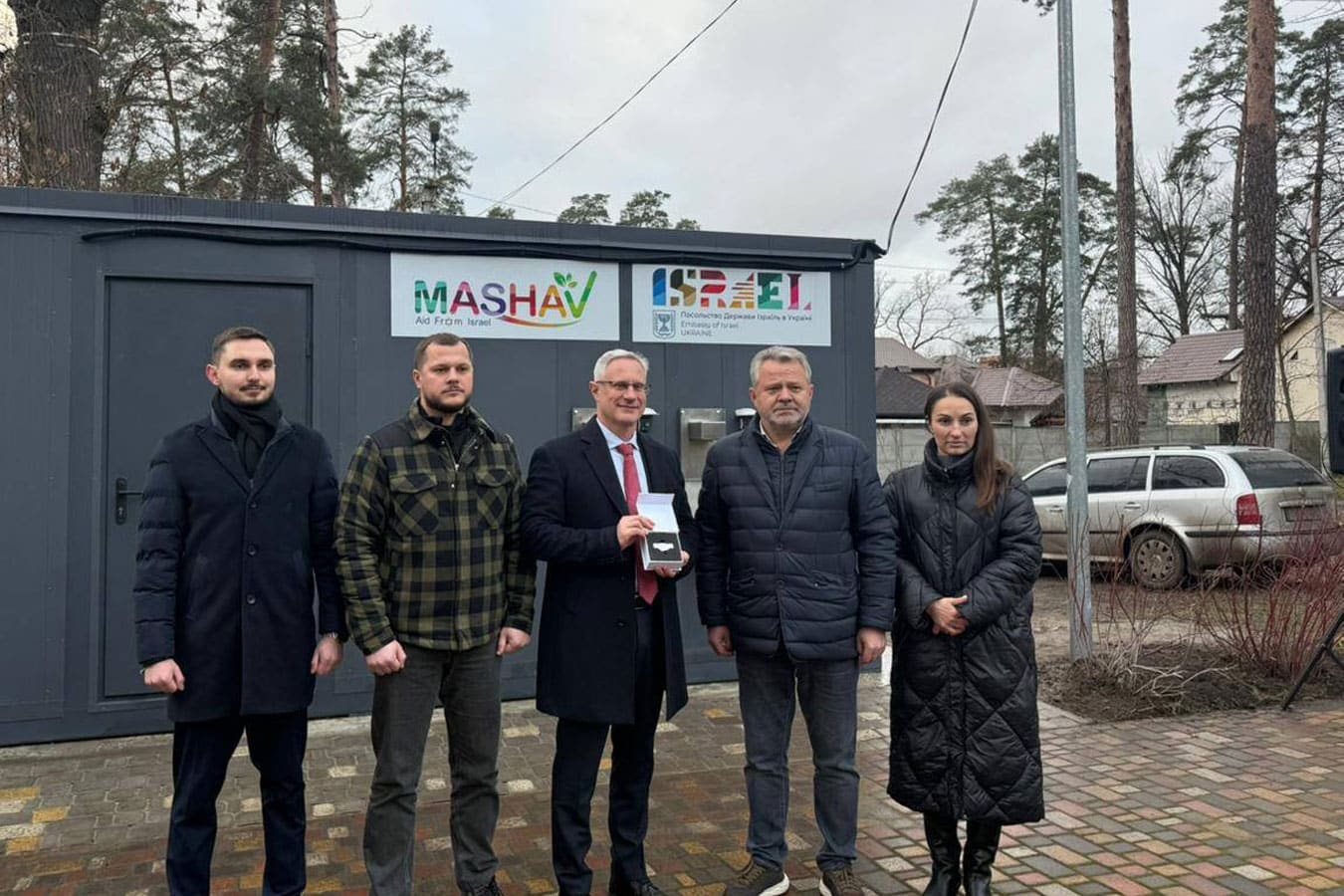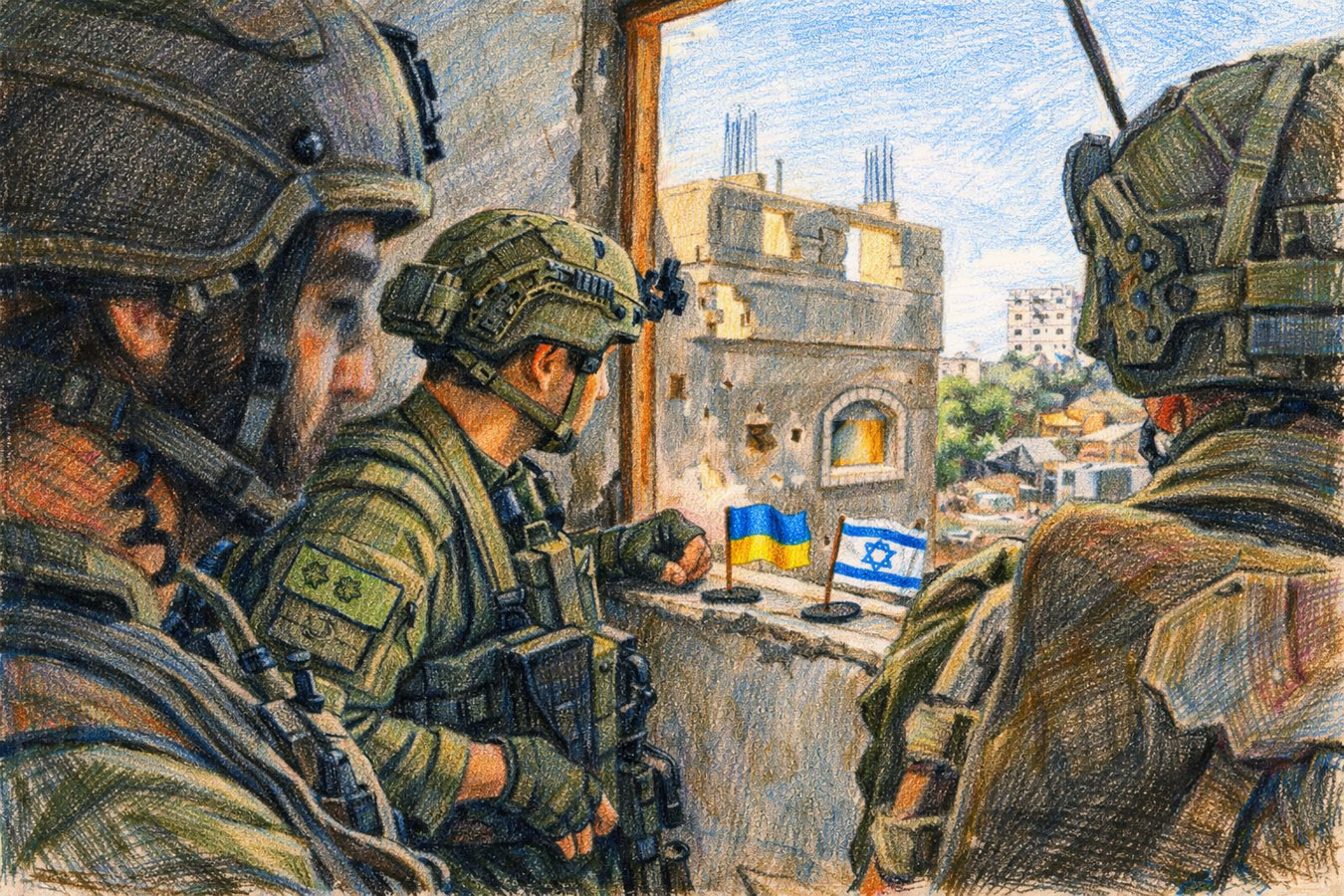«Это от кураторов из России»: поваление Ханукии в Чернигове — заявление главы местной еврейской общины — видео
В ночь на 22 декабря 2025 года в центре Чернигова (Украина) была повалена Ханукия.
На месте — антисемитская надпись. Полиция работает, открыто уголовное производство.
Глава еврейской общины Чернигова, военнослужащий Александр Чеван, прямо заявляет: речь идёт не о хулиганстве, а о сознательной политической акции.
«Мы прекрасно понимаем, кому выгодно, чтобы в новостных лентах появились сообщения об “антисемитизме в Украине”», — глава еврейской общины Чернигова.
Он отметил, что Ханукия у драмтеатра устанавливается уже как минимум 12 лет, и за всё это время подобных инцидентов не происходило.
По словам Чевана, произошедшее укладывается в знакомую логику диверсий и информационных провокаций.
«Там был определённый месседж. Это уже абсолютно политическая плоскость этой акции.
Как вы думаете, кто может стоять за этим? Или, возможно, это было сделано с участием кураторов из России — так же, как поджигают ТЦК, автомобили военных, так же кого-то россияне наняли через Telegram за определённые деньги просто повалить Ханукию, и всё».
Глава еврейской общины также напомнил о принципиальном моменте, который, по его словам, часто игнорируется в подобных дискуссиях — о равенстве гражданских обязанностей и прав в условиях войны.
**«Когда в Украине мобилизуют человека, его не спрашивают, является ли он этническим украинцем. Возникает только один вопрос: “Вы гражданин Украины?”.
Следовательно, гражданин Украины выполняет свои конституционные обязанности и защищает своё государство, гражданами которого мы являемся. Понимаете?
А если в плане конституционных обязанностей у нас все равны, тогда давайте, чтобы и в свободах, гарантированных Конституцией — в частности, праве на свободу вероисповедания, — у нас также была равность».**
Важно подчеркнуть: в других городах Украины в дни Хануки публичные церемонии зажигания ханукальных свечей проходили ежедневно и без каких-либо инцидентов. Несмотря на военное положение и необходимость специальных разрешений, в них участвовали тысячи верующих, а также представители центральных и местных властей, включая Киев.
❗️И тогда возникает прямой вопрос:
те, кто разгоняет на этом фоне тему «антисемитизма в Украине», — они работают на российских кураторов осознанно?
Или просто по собственной поверхностной логике, не понимая и не задумываясь, в чьих интересах усиливают этот «нарратив»?
📌 Полный текст заявления, контекст и видео — в нашей статье:
👉 https://nikk.agency/ot-kuratorov/
#НАновости #NAnews #Украина #Израиль #Чернигов #Ханука #Антисемитизм
В ночь на 22 декабря 2025 года в центре Чернигова (Украина) была повалена Ханукия.
На месте — антисемитская надпись. Полиция работает, открыто уголовное производство.
Глава еврейской общины Чернигова, военнослужащий Александр Чеван, прямо заявляет: речь идёт не о хулиганстве, а о сознательной политической акции.
«Мы прекрасно понимаем, кому выгодно, чтобы в новостных лентах появились сообщения об “антисемитизме в Украине”», — глава еврейской общины Чернигова.
Он отметил, что Ханукия у драмтеатра устанавливается уже как минимум 12 лет, и за всё это время подобных инцидентов не происходило.
По словам Чевана, произошедшее укладывается в знакомую логику диверсий и информационных провокаций.
«Там был определённый месседж. Это уже абсолютно политическая плоскость этой акции.
Как вы думаете, кто может стоять за этим? Или, возможно, это было сделано с участием кураторов из России — так же, как поджигают ТЦК, автомобили военных, так же кого-то россияне наняли через Telegram за определённые деньги просто повалить Ханукию, и всё».
Глава еврейской общины также напомнил о принципиальном моменте, который, по его словам, часто игнорируется в подобных дискуссиях — о равенстве гражданских обязанностей и прав в условиях войны.
**«Когда в Украине мобилизуют человека, его не спрашивают, является ли он этническим украинцем. Возникает только один вопрос: “Вы гражданин Украины?”.
Следовательно, гражданин Украины выполняет свои конституционные обязанности и защищает своё государство, гражданами которого мы являемся. Понимаете?
А если в плане конституционных обязанностей у нас все равны, тогда давайте, чтобы и в свободах, гарантированных Конституцией — в частности, праве на свободу вероисповедания, — у нас также была равность».**
Важно подчеркнуть: в других городах Украины в дни Хануки публичные церемонии зажигания ханукальных свечей проходили ежедневно и без каких-либо инцидентов. Несмотря на военное положение и необходимость специальных разрешений, в них участвовали тысячи верующих, а также представители центральных и местных властей, включая Киев.
❗️И тогда возникает прямой вопрос:
те, кто разгоняет на этом фоне тему «антисемитизма в Украине», — они работают на российских кураторов осознанно?
Или просто по собственной поверхностной логике, не понимая и не задумываясь, в чьих интересах усиливают этот «нарратив»?
📌 Полный текст заявления, контекст и видео — в нашей статье:
👉 https://nikk.agency/ot-kuratorov/
#НАновости #NAnews #Украина #Израиль #Чернигов #Ханука #Антисемитизм
«Это от кураторов из России»: поваление Ханукии в Чернигове — заявление главы местной еврейской общины — видео
В ночь на 22 декабря 2025 года в центре Чернигова (Украина) была повалена Ханукия.
На месте — антисемитская надпись. Полиция работает, открыто уголовное производство.
Глава еврейской общины Чернигова, военнослужащий Александр Чеван, прямо заявляет: речь идёт не о хулиганстве, а о сознательной политической акции.
«Мы прекрасно понимаем, кому выгодно, чтобы в новостных лентах появились сообщения об “антисемитизме в Украине”», — глава еврейской общины Чернигова.
Он отметил, что Ханукия у драмтеатра устанавливается уже как минимум 12 лет, и за всё это время подобных инцидентов не происходило.
По словам Чевана, произошедшее укладывается в знакомую логику диверсий и информационных провокаций.
«Там был определённый месседж. Это уже абсолютно политическая плоскость этой акции.
Как вы думаете, кто может стоять за этим? Или, возможно, это было сделано с участием кураторов из России — так же, как поджигают ТЦК, автомобили военных, так же кого-то россияне наняли через Telegram за определённые деньги просто повалить Ханукию, и всё».
Глава еврейской общины также напомнил о принципиальном моменте, который, по его словам, часто игнорируется в подобных дискуссиях — о равенстве гражданских обязанностей и прав в условиях войны.
**«Когда в Украине мобилизуют человека, его не спрашивают, является ли он этническим украинцем. Возникает только один вопрос: “Вы гражданин Украины?”.
Следовательно, гражданин Украины выполняет свои конституционные обязанности и защищает своё государство, гражданами которого мы являемся. Понимаете?
А если в плане конституционных обязанностей у нас все равны, тогда давайте, чтобы и в свободах, гарантированных Конституцией — в частности, праве на свободу вероисповедания, — у нас также была равность».**
Важно подчеркнуть: в других городах Украины в дни Хануки публичные церемонии зажигания ханукальных свечей проходили ежедневно и без каких-либо инцидентов. Несмотря на военное положение и необходимость специальных разрешений, в них участвовали тысячи верующих, а также представители центральных и местных властей, включая Киев.
❗️И тогда возникает прямой вопрос:
те, кто разгоняет на этом фоне тему «антисемитизма в Украине», — они работают на российских кураторов осознанно?
Или просто по собственной поверхностной логике, не понимая и не задумываясь, в чьих интересах усиливают этот «нарратив»?
📌 Полный текст заявления, контекст и видео — в нашей статье:
👉 https://nikk.agency/ot-kuratorov/
#НАновости #NAnews #Украина #Израиль #Чернигов #Ханука #Антисемитизм
18переглядів

